
History
Loving I’m A Celeb? Here’s 6 castles near Liverpool for a post-lockdown visit
5 years ago
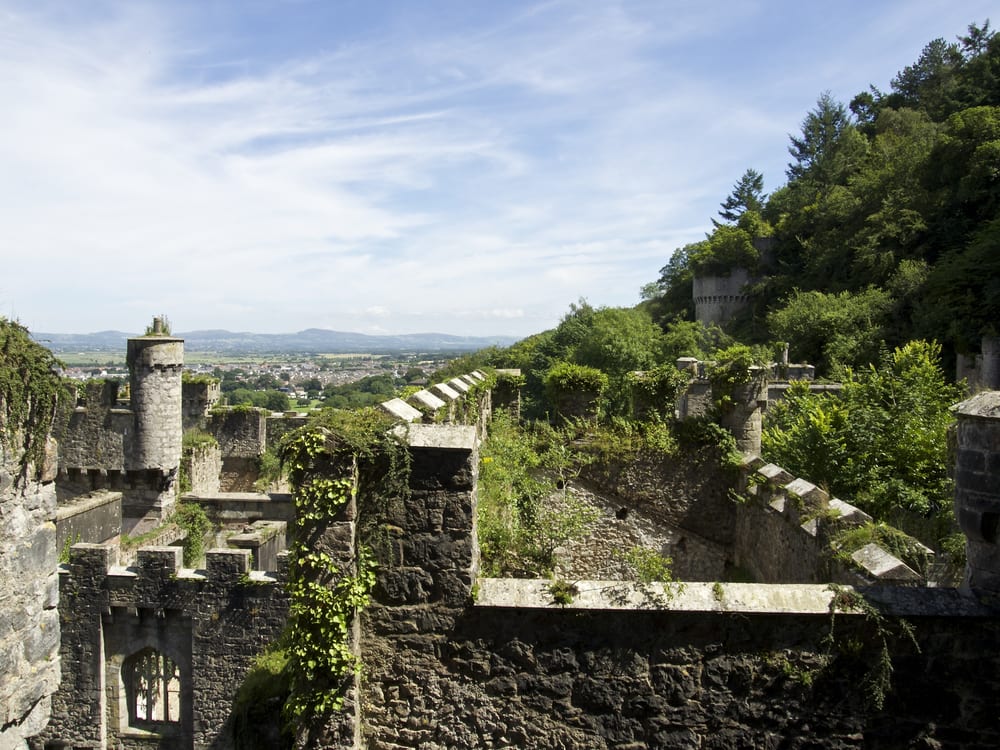
I’m A Celeb’s only a few days in and it’s already one of the saviours of lockdown.
But even though there’s been lots of familiar things about this series (there’s always one who gags at just about everything – happy place, Jordan) one big element is very different.
This time instead of the Aussie jungle, the campmates are all bunking down in North Wales at the Grade I listed Gwyrch Castle in Abergele.
Now it might not look like the comfiest place to spend the night, especially on those rock-hard beds, but the place itself is still pretty breathtaking.
It’s definitely got a Game of Thrones vibe going, and it’s got us all excited about castles.
So if you fancy a trip out once lockdown’s over (and we’re all allowed back into Wales) to see a few others, here are 6 castles within a short drive of Liverpool worth a visit …
Halton Castle

Not to be confused with the pub in West Derby, Halton Castle is just over the Runcorn Bridge and is one of two surviving Norman castles in Cheshire. Built in the 13th century out of sandstone, it stands on a rocky hill overlooking the Mersey (perfect for keeping a look-out for enemies), giving views over Lancashire, Cheshire, the Pennines, Peak District and North Wales. Grade I listed Halton Castle is owned by the Duchy of Lancaster, but managed by Norton Priory Museum Trust which opens it up a few times a year to the public. Outside of those times, it’s still possible to walk around the ancient walls.
Beeston Castle

Less than an hour’s drive away, Beeston Castle in Tarporley, Cheshire makes for a gorgeous day out, not just because of the castle itself but because of the surrounding 40 acres of woodland park which are full of trails and wildlife to explore. If you’re feeling energetic you can head up to the Castle of the Rock where you’ll get amazing views. Kids especially will love being able to climb to the top of the castle and peer down into one of the deepest castle wells in England, which legend has it is the hiding place of Richard II’s lost treasure, thought to have been buried here in 1399 and missing ever since.
Cholmondeley Castle

Picture – VisitCheshire
Another one that’s just under an hour from Liverpool by car, 19th century Cholmondeley Castle in Malpas, Cheshire, is a romantic gothic castle – you can just imagine the hero riding up and sweeping his heroine off into the sunset! There’s plenty for all the family to do here, because not only is there the castle itself which makes a great backdrop, and its 70 acres of beautiful gardens, you’ll also find a deer park mere to spot birds and wildfowl, and a nature trail. This is definitely one to put on a to-do list for when everything opens up again.
More information on the website here.
Conwy Castle

Head along the North Wales coast road and past Llandudno you’ll find Conwy Castle. It’s an intimidating stone fortress, full of authentic medieval atmosphere which will have your imagination running wild. Eight huge round towers mean the castle, a UNESCO World Heritage site, is a really dominating presence which makes for great photo opportunities even from the outside! The battlements though give probably the best views, of Snowdonia and the castle walls stretching over three-quarters of a mile long.
Chester Castle

If you fancy combining a bit of castle-spotting with a trip to Chester, then you’re in luck. Chester Castle, which is inside the city walls and overlooks the River Dee, was founded by William the Conqueror in 1070. It’s been used as a military headquarters throughout its history, including during the Civil War in the 1600s, right up until about 20 years ago. Neoclassical buildings were added to the castle in the late 18th and early 19th century and these are still used as the courts and to house a museum. Guided tours are suspended at the moment, but you can still get a feel for its history.
Rhuddlan Castle

Rhuddlan Castle is the nearest one to I’m A Celeb’s base at Gwyrch castle, just a few miles on the Liverpool side of Abergele. Begun for English king Edward I in 1277 and completed in 1282 at what would have been an enormous cost of more than £9,600, it had a revolutionary ‘walls within walls’ design, and twin-towered gatehouses which sat inside a ring of turreted walls. More than seven centuries later, the ruins which are still there and still tower above the River Clwyd, are protected by the Welsh government.


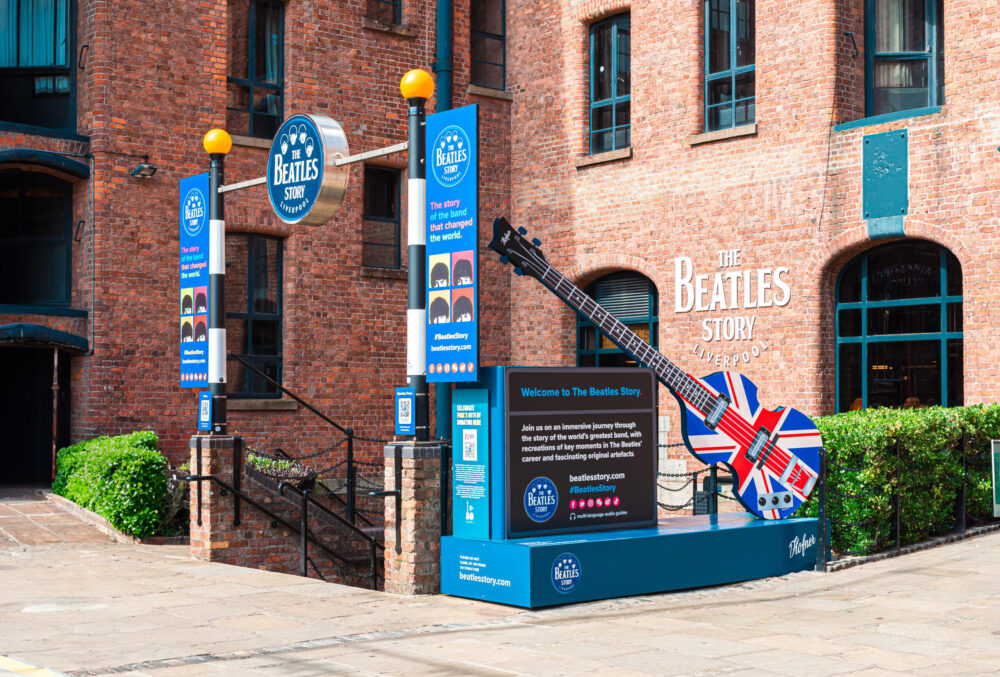
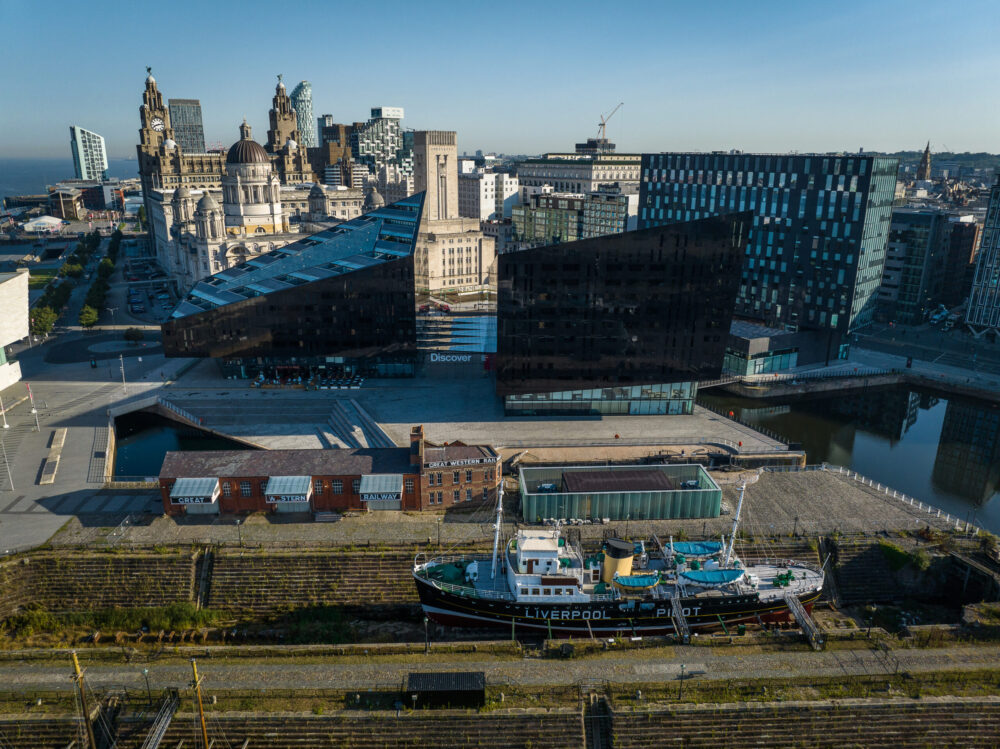
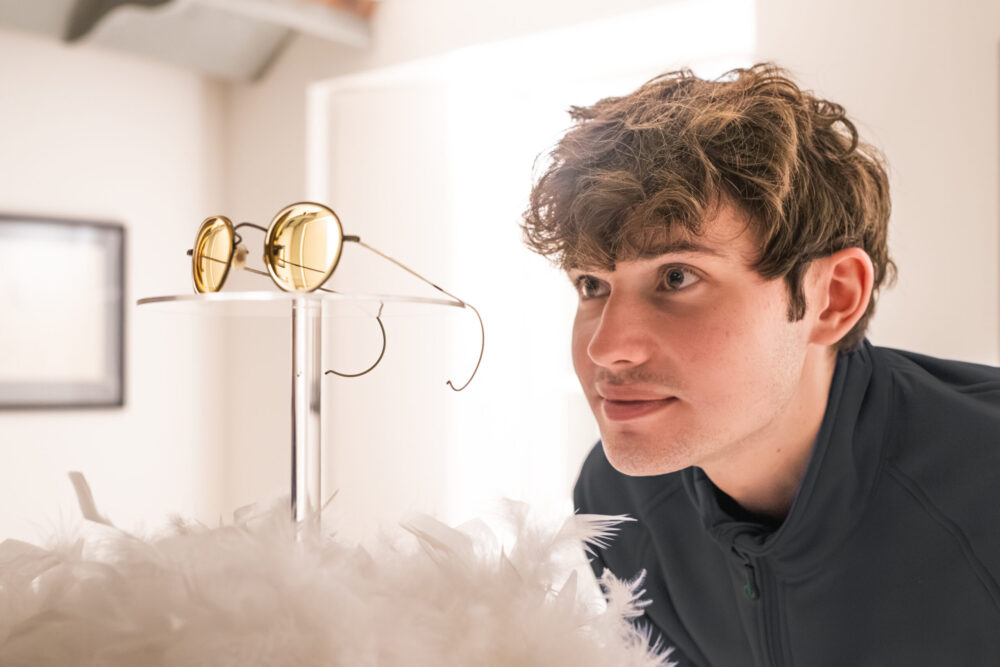
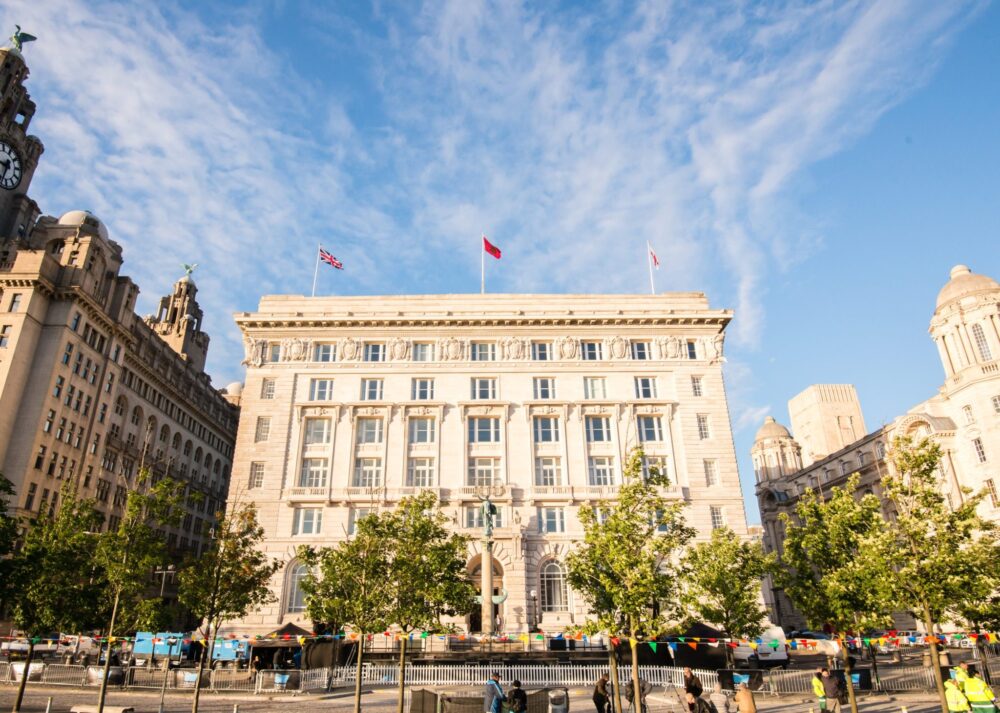
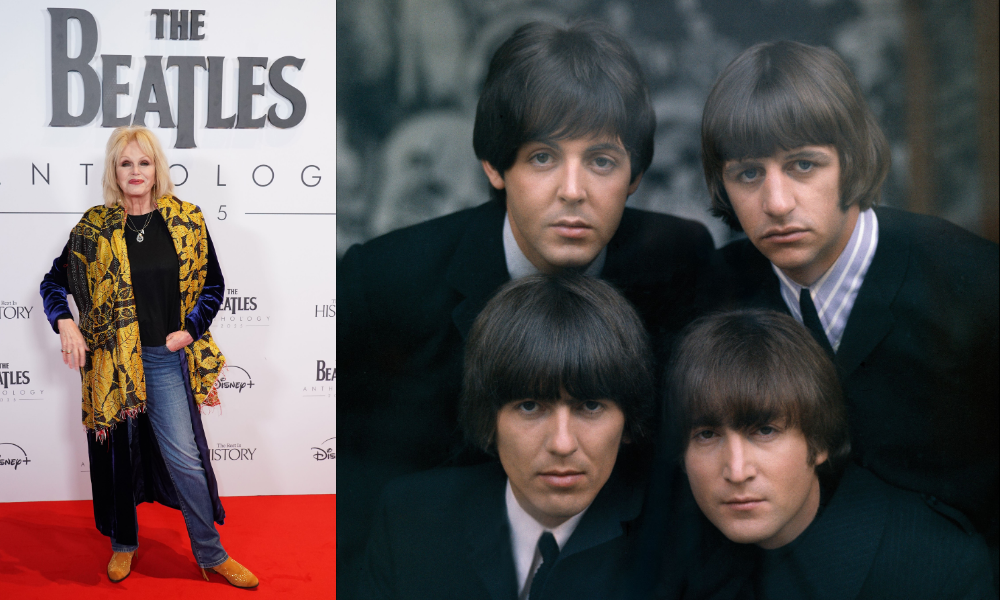
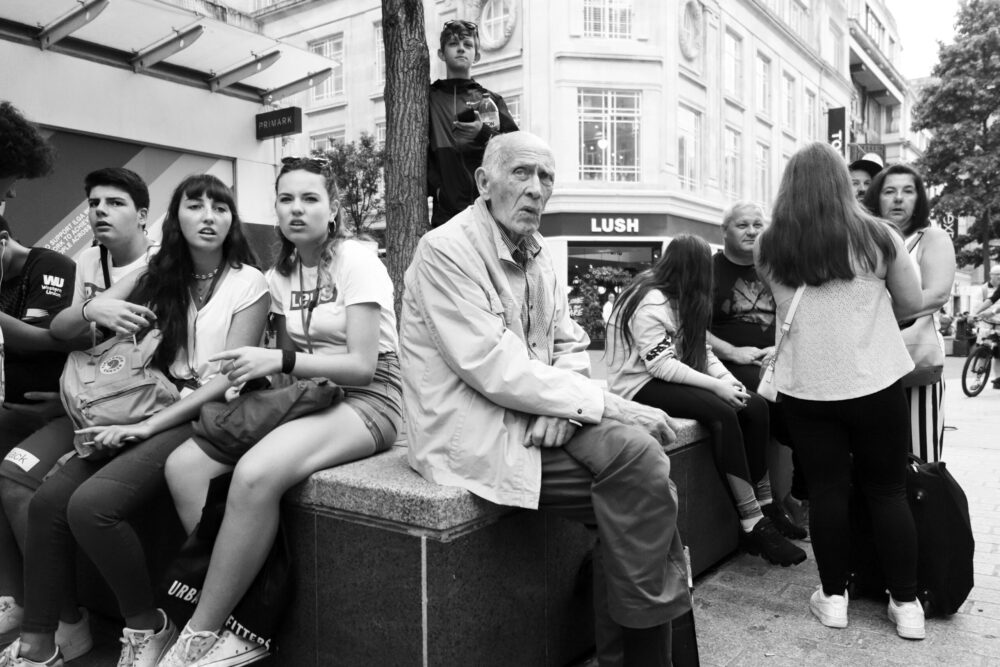
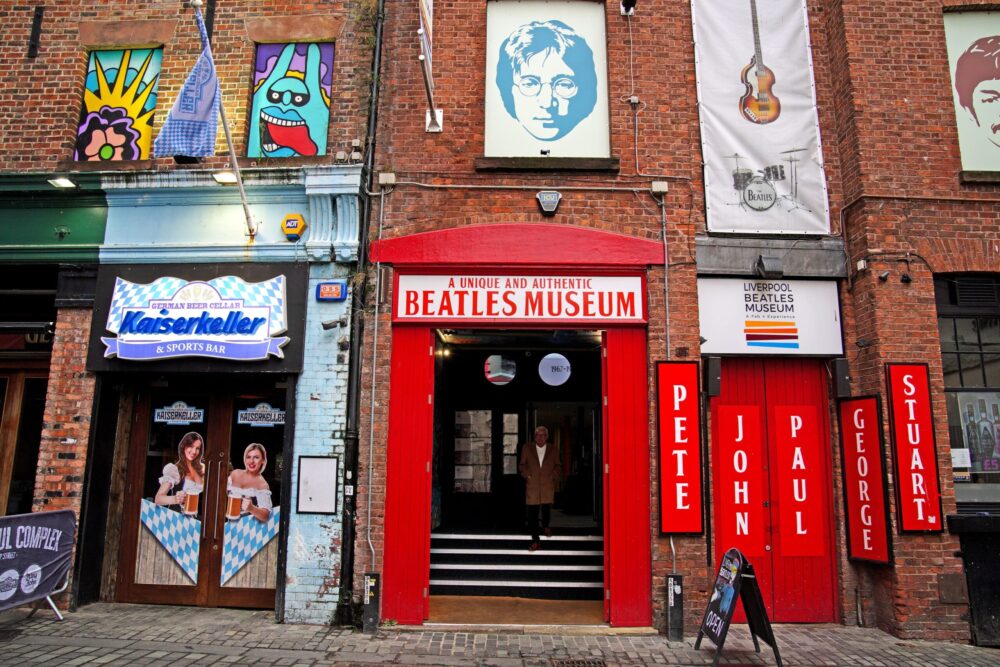
 Subscribe
Subscribe Follow Us
Follow Us Follow Us
Follow Us Follow Us
Follow Us Follow Us
Follow Us Follow Us
Follow Us











